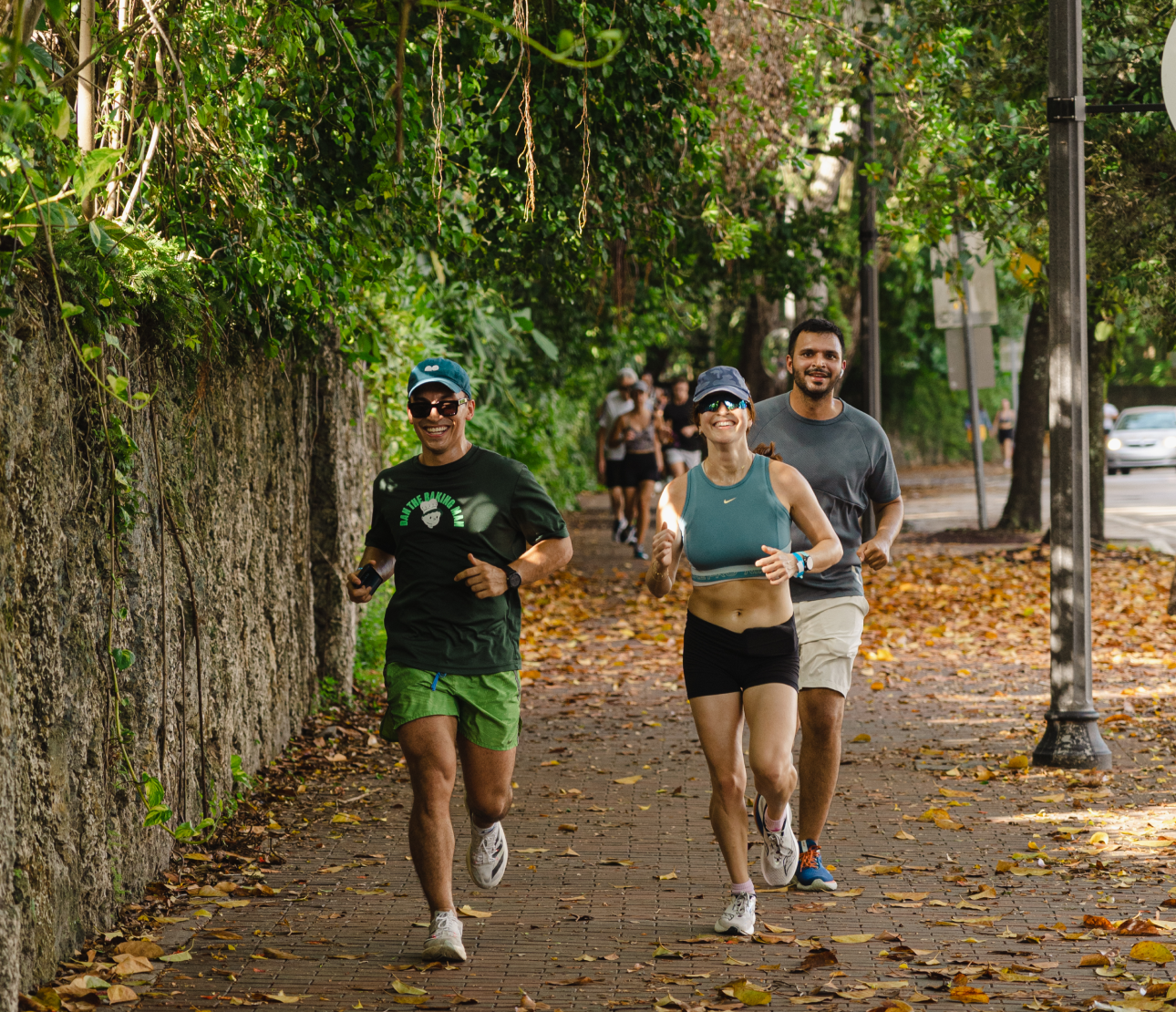Community
Maximizing Your Running Recovery for Optimal Performance
Read More
WE LIKE YOU, SO ENJOY YOUR GIFT!

Exercise depletes glycogen stores, causes muscle breakdown, and increases protein needs. Refueling with the right balance of nutrients helps to:
Replenish Glycogen – Carbohydrates restore energy levels for future physical activity (Harvard T.H. Chan School of Public Health).
Promote Muscle Repair and Growth – Protein provides essential amino acids to rebuild and strengthen muscles (National Institute of Health).
Reduce Inflammation and Muscle Soreness – Antioxidants and healthy fats aid in recovery and reduce oxidative stress (Journal of the International Society of Sports Nutrition).
Consuming high-quality protein after exercise provides amino acids necessary for muscle repair and growth. Great protein sources include:
Lean meats (chicken, turkey, or lean beef)
Fish (salmon, tuna, or cod)
Plant-based proteins (tofu, lentils, chickpeas)
Protein shakes or Greek yogurt
Pairing carbohydrates with protein maximizes glycogen replenishment and promotes faster recovery. Some excellent carbohydrate choices include:
Whole grains (quinoa, brown rice, oats)
Fruits (bananas, berries, oranges)
Sweet potatoes
Legumes
Including healthy fats in your post-workout meal can help manage inflammation and support recovery. Opt for sources such as:
Nuts and seeds (almonds, walnuts, chia seeds)
Avocados
Olive oil
Fatty fish (salmon, mackerel)
The optimal window for post-workout nutrition is within 30–60 minutes of finishing exercise. During this time, your muscles are most receptive to nutrient uptake, making it crucial to consume a meal or snack that includes both protein and carbohydrates (American Council on Exercise).
Rehydrating after exercise is essential to replace fluids lost through sweat. Water is usually sufficient for most workouts, but for intense or prolonged sessions, replenishing electrolytes with coconut water, sports drinks, or electrolyte-infused water can be beneficial (Mayo Clinic).
Protein Smoothie – Blend protein powder, banana, almond milk, and spinach for a nutrient-packed shake.
Grilled Chicken with Quinoa and Roasted Veggies – A balanced meal with protein, complex carbs, and healthy fats.
Greek Yogurt with Honey and Nuts – A quick and easy snack rich in protein and healthy fats.
Avocado Toast with Poached Eggs – A delicious combination of protein, healthy fats, and whole grains.
Proper post-workout nutrition is key to optimizing performance, recovery, and muscle growth. Prioritizing a combination of protein, carbohydrates, and healthy fats within the post-exercise window ensures your body gets the nutrients it needs to thrive. Hydration and nutrient timing also play vital roles in maintaining peak fitness and overall well-being.